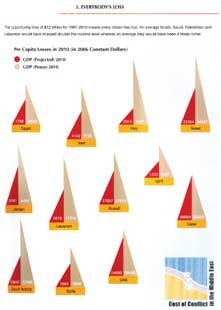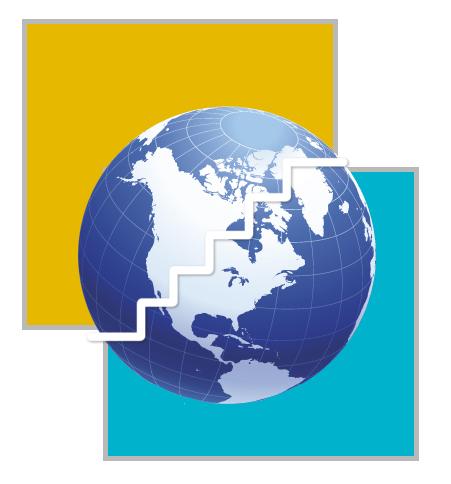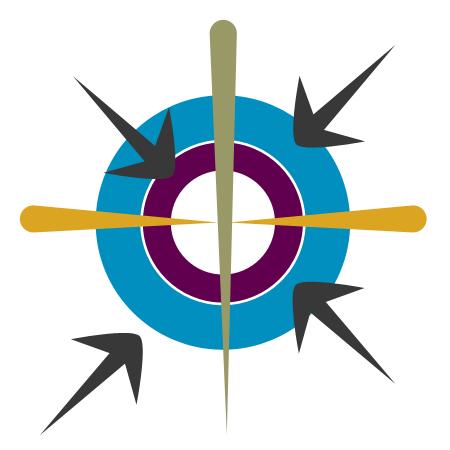MEDIA

Since 1948, and the birth of Israel, the Middle East has been going from one conflict to another, sometimes living two or three crises simultaneously, since then the region has never found peace. The Strategic Foresight Group recently published �€œCost of Conflict in the Middle East�€ to illustrate how much these conflicts have cost all countries in the region, not only in terms of money but also intangible costs such as human security and immigration.

The Madrid and Oslo processes provided an outstanding opportunity for peace and cooperation in the Middle East. They were instrumental in breaking the deadlock between the Israeli and Palestinian people. Had the leaders demonstrated vision in capturing Madrid Opportunity to enter into a comprehensive peace and cooperation agreement across the region, the region would be experiencing different kinds of economic performance than the current ones. The peace intervals have demonstrated that countries can grow at six percent GDP per annum. In the 1990s the Palestinian Territories grew at eight percent per annum. It should have been possible for all countries to grow at the average rate of at least eight percent per annum in the last two decades. The failure to do so has resulted in this opportunity cost of twelve trillion for the period 1991-2010.
Once Israel signed peace treaties with Egypt and Jordan and entered into negotiations with the Palestinian Liberation Organization, the conflict in the Middle East seemed to be narrowing in its scope. A decade ago, the primary actors in the conflict involved Israel and PLO. There was also the unresolved conflict between Israel and Syria and internal strife in Lebanon, which had regional implications. Since 2000, the conflict has metamorphosed into several conflicts. The Palestinians are now represented by Hamas and Fatah, two organizations that are at loggerheads with each other, though at times they negotiate truce under the auspices of Arab countries. Since 2003, the US invasion of Iraq has added another dimension. In 2006, the exchange of missiles between Israel and Lebanon-based Hezbollah further complicated the Arab-Israeli conflict through proxies. In addition, the president of Iran has publically threatened to wipe out Israel from the map and the United States has admonished Iran for its development of nuclear weapons, amidst speculation about a possible US or Israeli attack on Iran�€™s nuclear sites. Al-Qaeda and its affiliated terrorist network have pronounced a war against �€˜Jews and Crusaders�€™. Through Al Qaeda had its origins in the developments in Afghanistan and Pakistan, its rhetoric, manpower and support base is very much about the Middle East. Thus, what was an identity and territorial conflict in one geography a decade ago has now expanded into a multi-dimensional, cultural and psychological warfare of global dimensions.

�€œStates are concerned about measurable costs such as those having a bearing on resource allocation, arms race, destruction of assets, among others. People are concerned about costs that have a bearing on their living conditions, such as security at cafes and dignity at check-posts, opportunities for education, damage to environment and social fabric,�€ said Sundeep Waslekar president of the Strategic Foresight Group.
13 countries and a loss of twelve trillion
The economic costs accounted for in this study include direct costs incurred due to destruction and damage caused by war, opportunity costs reflecting growth that did not take place due to conflict environment, opportunity costs reflecting trade and investment opportunities missed and indirect costs. The indirect costs could be manifested by for example the sense of despair, social orthodoxy and lack of trust.
The countries researched in this report are Egypt, Iran, Iraq, Israel, Jordan, Kuwait, Lebanon, Palestinian Territory, Qatar, Saudi Arabia, Syria and UAE. Calculations are made on the basis of GDP figures for 2006, as provided in UN stats.The opportunity loss of $12 trillion for 1991-2010 means every citizen has lost. An Average Saudi, Lebanese, Palestinian, Israeli could have enjoyed double the income level whereas an average Iraqi would have been four times richer.
The inverse relationship between war and economic growth is obvious. During the Iran-Iraq war of the 1980s, both countries witnessed decline in their income year after year. Similarly Iraq saw a drop in its GDP during the two Gulf wars. Israel, Lebanon and Palestine territories have had the same experience. When there was no war or civil war, these economies could grow by more than six percent GDP growth rate per annum.
Between March 2003 and September 2008, a period of five and half years, about five million Iraqis became refugees or internally displaced persons. The flight of Iraqis has become the largest forced displacement in the history of the Middle East �€“ exceeding the Palestinian exodus of 1948. Among the Iraqi refugees and internally displaced persons about four million and women and children and one million are wage-earners.
Jordan, Syria and the Palestinian territories pay a cost that cannot be reflected in official expenditure. The huge influx of refugees causes pressure on land and housing prices, causes inflation in food and fuel prices, encourages criminalization and prostitution in the society as well as puts pressure on social services especially education and health care.The three Arab-Israeli Wars (1948-49, 1967, 1973) together cost somewhere between 40,000 and 80,000 loves. Israel�€™s wars with Lebanon or groups within Lebanon (1978, 1982, 1993, 1996, and 2006) resulted in more than 20,000 human deaths. The two intidfada phases (1987-93 and 2000 onwards) have cost 10,000 lives. Thus together the human loss is somewhere between 70,000 and 110,000.
The Iraq-Iran war (1980s) resulted in a toll somewhere between 500,000 and one million. The first Gulf war toll was somewhere between 100,000 and 200,000. The second Gulf war including internal strife in Iraq has so far resulted in a toll of somewhere between 100,000 and 500,000 depending on the source.
While the world�€™s attention is focused on Israel�€™s conflict with the Arabs �€“ particularly the Palestinians �€“ much greater damage is done by the US war in Iraq and radical-moderate conflict involving Iran.
The Middle East has the highest military expenditure burden in the world. Between 1997 and 2005, the Middle east had an average of six percent of their GDP allocated to military spending while the world average for military expenditure stood at two percent of GDP in 2005.
Out of the world�€™s ten largest military spenders as a proportion of GDP, seven are from the Middle East.

A look into the future
The Middle east has always been a strategically important region where many outside players (such as the USA, the European Union or Russia) are involved. Considering the enormity of the costs evidences which have direct or indirect negative consequences for the whole world, the necessity of an international intervention is inescapable. Indeed, it is in the best interest of all countries in the world to see the conflicts in the Middle East being solved. The facts in this report should promote all concerned international actors to intensify their efforts for a lasting solution on an urgent basis. They would certainly wish to take their own share of the dividends of peace.
This report should sensitize different audiences all over the Middle East and the wider world. Experts, opinion leaders and decision makers will find many concrete, precise arguments to promote peace-oriented policies. The public at large in the Mille East will also easily realize that beyond speeches and rhetoric. Peace would bring tangible results in their own life. Last but not least, this report is aimed at the young generation, for it is they while will most suffer or benefit from the decisions their elders will take now and in the years to come.





